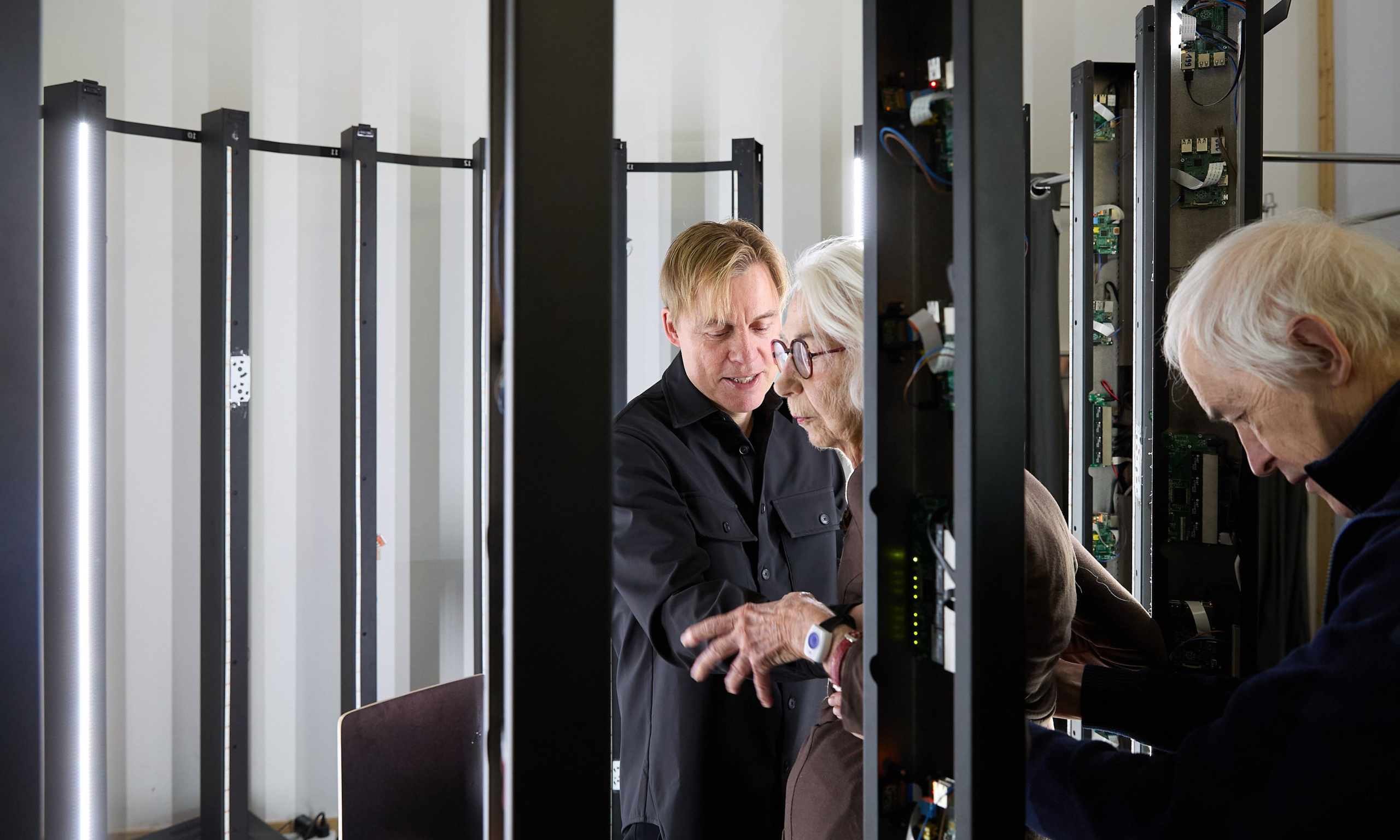The German artist Gregor Schneider, who won the Golden Lion at the 2001 Venice Biennale, will launch an ambitious and controversial public art piece this autumn, bringing dying people to life via an app.
Created using high-resolution three-dimensional scans, the virtual figures will be placed in public sites around the city of Munich from 19 October, as part of the project entitled Ars Moriendi (The art of dying).
“The app makes them visible. People choose the location for their virtual replica themselves,” Schneider tells The Art Newspaper. “They describe why they have chosen this particular place; they [also] have the opportunity to say what they would like to say to the general public [in a personal message].”
The artist sought out participants who are “actively dealing with the imminent end of their lives”, he says, adding in a statement: "I am curious to see how the city's community will respond to the call for participation. Anyone who feels addressed can contact us and become part of the work.”
“What space do we give to dying and death in our society?” Schneider continues. “Ars Moriendi aims to be an artistic offer to make this question present in our daily lives."
At the launch in October, Schneider will discuss the artistic and ethical aspects of his work with the palliative care physician Claudia Bausewein and the theologian Friedhelm Mennekes. The panel discussion, which will explore the “societal difficulties in dealing with death”, will be held at the Therese-Giehse-Halle theatre, Munich.
“With the advancement of medical possibilities, our society has come to take it for granted to postpone severe illnesses and ultimately death by all means,” says Barbara Mundel, the artistic director of the Münchner Kammerspiele, in a statement. “Having to die is perceived as a defeat and usually happens in secrecy. Why does our secular society find it so difficult to understand dying as part of life?”
Schneider’s award-winning presentation at Venice in 2001, Totes Haus u r (Dead House u r), was a reconstruction of expanded rooms from his parents’ house in Rheydt in north-west Germany, comprising 24 internal spaces. In 2008, he proposed showing a person die under public observation in a room he had built (Sterberaum Rheydt, 2005-2007). The work, titled The Dying Room, was eventually unveiled at the Kunstraum Innsbruck in 2011, though nobody was shown dying.
Ars Moriendi will be produced in collaboration with the Münchner Kammerspiele theatre company with financial support from Public Art München, a programme organised by the Department of Arts and Culture of the City of Munich.
Ars Moriendi, locations around Munich, from 19 October
Death in the digital age: artist Gregor Schneider makes replicas of the dying available for download

